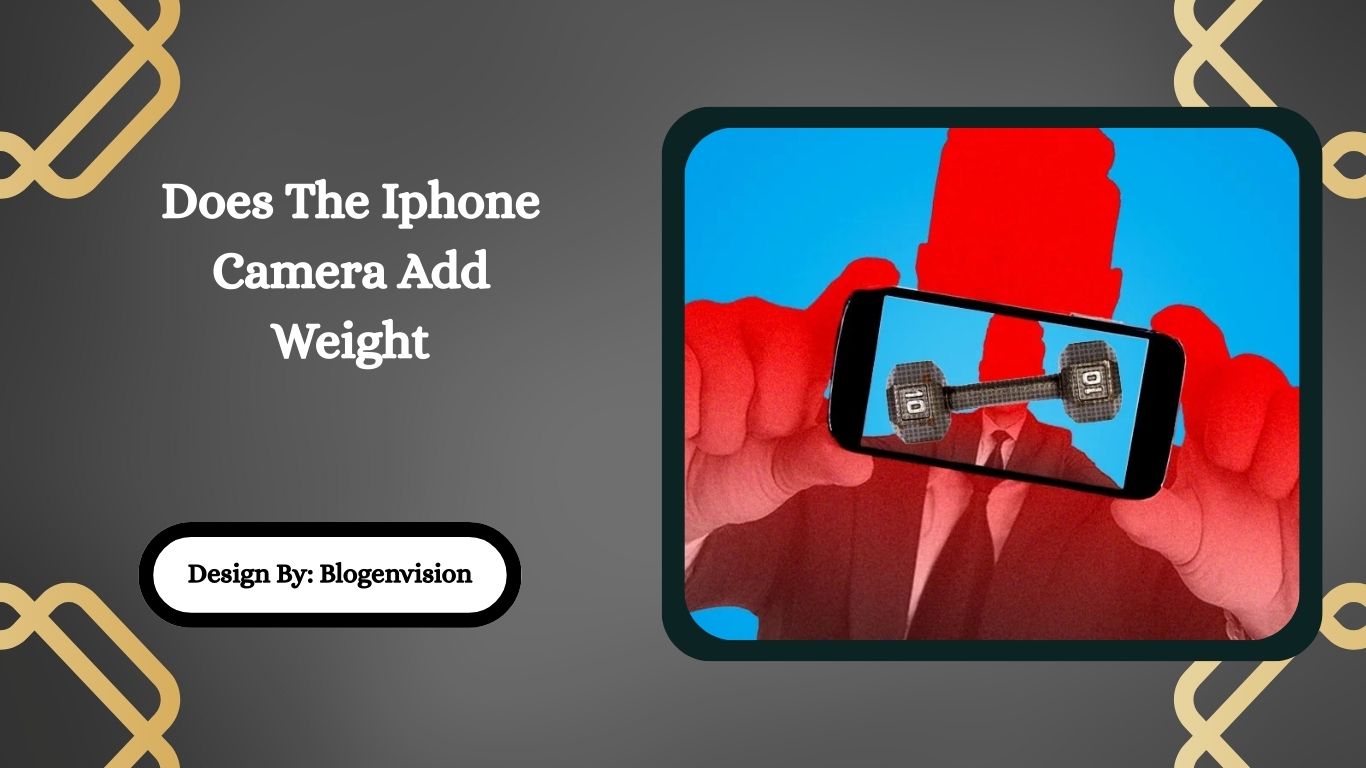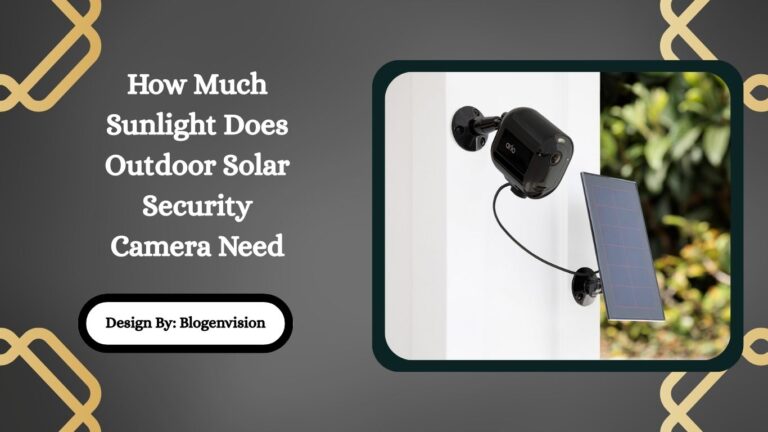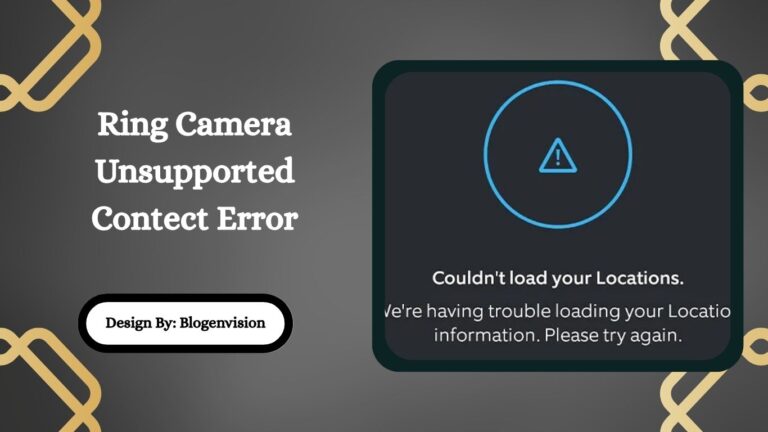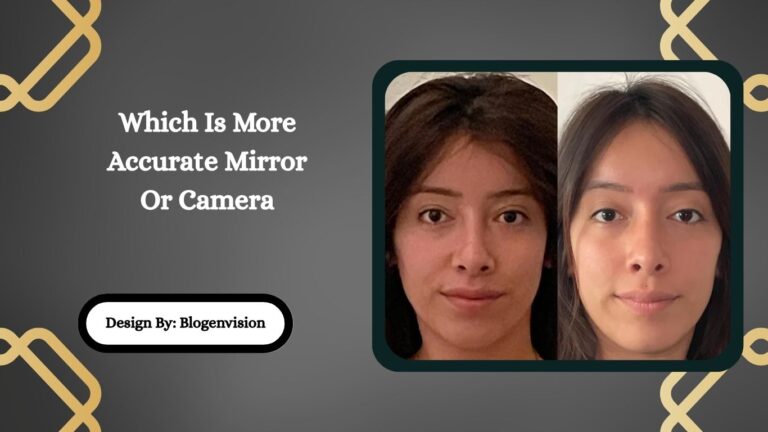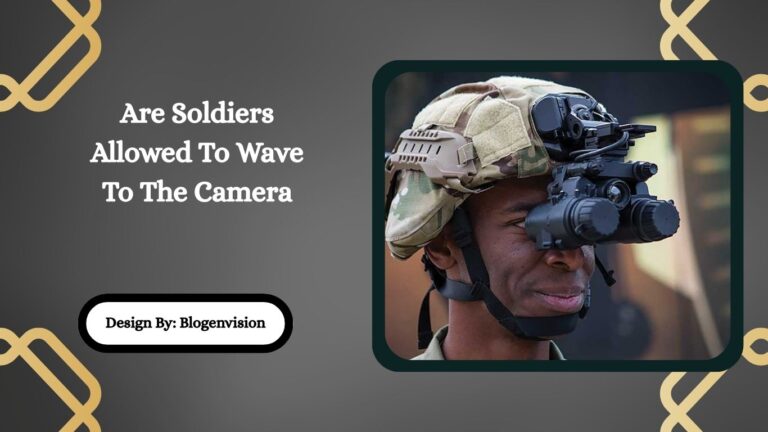Does The iphone Camera Add Weight – Truth Behind Photo Distortion!
The iPhone camera doesn’t actually add weight but can make you appear wider due to lens distortion, angles, and lighting. Using portrait mode, better lighting, and proper distance reduces distortion.
When you take a selfie on your iPhone and notice you look a little heavier than in the mirror, you’re not imagining things. Many people wonder: does the iPhone camera add weight? The answer is both yes and no it’s less about your body and more about how cameras capture images.
Factors such as iPhone camera distortion, lens perspective, lighting, and angles can make you appear slightly different in photos compared to real life. In this article, we’ll break down why photos often don’t match what you see in the mirror, the science behind photo distortion on smartphones, and how to take more flattering pictures.
Why Do I Look Bigger in iPhone Photos?
This is one of the most common questions people ask: “Why do I look bigger in iPhone photos?” The truth lies in how cameras capture three dimensional objects on a two dimensional surface. Unlike your eyes, which naturally adjust depth, the camera lens perspective can exaggerate features that are closer to the lens.
For example, in selfies, your face is usually much closer to the lens than your body, leading to the iPhone selfie weight effect where your nose, cheeks, or body proportions look slightly wider than in reality.
Does the Camera Really Make You Look Fat?
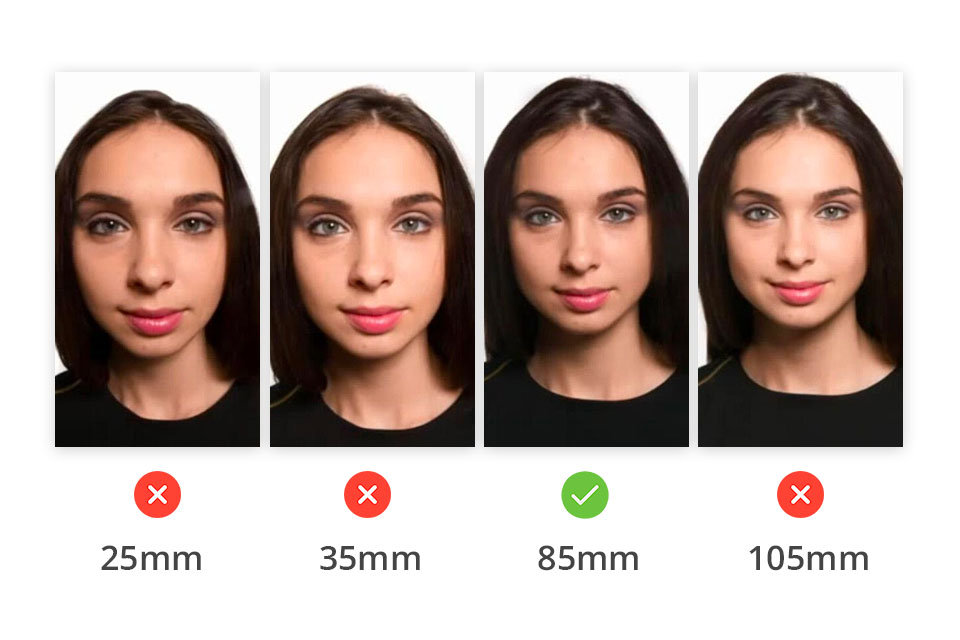
The phrase “the camera adds 10 pounds” has been around for decades. But is it true? To some extent, yes. Cameras, especially wide angle smartphone lenses, can distort proportions. This is why many people feel the front facing iPhone camera makes them look fatter.
Wide angle lenses (commonly used in iPhone front cameras) can stretch out features, giving the illusion of extra width. This isn’t limited to iPhones; all smartphones face similar challenges because of wide angle lens distortion.
iPhone Camera Distortion Explained
When you take a photo with your front facing iPhone camera, the short focal length lens has to capture a wide field of view. This creates what’s known as barrel distortion, where the edges of the photo expand outward, making your face or body appear slightly wider.
- Front facing vs rear camera iPhone: The rear camera often has better optics, producing more realistic proportions compared to the front camera.
- Lens focal length and body image: A shorter focal length exaggerates closeness, while longer focal lengths (like portrait mode) compress features for a slimming effect.
- Wide lens vs portrait lens iPhone: Using portrait mode can reduce distortion and give a more flattering, natural appearance.
Do Phone Cameras Change Your Face?
Yes, but not in the way you think. Do phone cameras change your face? Not physically, but they change how your face is represented. The iPhone photo vs real life difference happens because of a mix of optical vs digital distortion, lighting, and angles.
For example:
- Lighting: Harsh lighting can create shadows that make your face look wider.
- Angle: Shooting from below makes your jawline less defined, while shooting from above slims your face.
- Mirror vs photo: In the mirror, you see a reversed version of yourself, while photos show how others actually see you. This difference alone can make your reflection feel “skinnier” than your selfie.
Why Do Photos Don’t Match Mirror View?
Have you ever thought: “iPhone vs mirror reflection, which is accurate?” The mirror shows a reversed version of you that your brain is used to. But the camera captures you as others see you, which can feel unfamiliar.
Add in camera sensor and image processing (how the iPhone software sharpens, adjusts, and enhances the image), and the result may not perfectly match your mirror reflection.
Does the Selfie Camera Add Pounds?
Yes, the selfie camera can add pounds but only visually. It doesn’t actually change your body, but perspective and lens distortion can make it appear so. When holding your phone too close, your face looks disproportionately larger compared to your body.
This is why photographers often say: “Distance is slimming.” Stepping back or using a longer focal length lens reduces distortion, giving a truer representation.
How Lighting Changes Appearance in Photos?
Lighting plays a huge role in whether you look slimmer or wider in photos:
- Direct overhead lighting can create unflattering shadows, making you look heavier.
- Natural light from the side softens features and creates a slimming effect.
- Selfie perception psychology shows that people often judge themselves harshly in bad lighting, even if the camera is accurate.
How to Avoid Looking Heavier in Photos?

If you feel your iPhone lens makes you look wider, here are some quick tips:
- Use portrait mode reduces wide angle distortion.
- Step back keep the camera at least an arm’s length away.
- Adjust angles shoot slightly from above to sharpen your jawline.
- Choose good lighting natural, diffused light works best.
- Avoid extreme wide lenses stick to standard or portrait lenses for selfies.
Smartphone Photography Misconceptions
A lot of people assume their phone is showing them their “true self.” But in reality, smartphones often exaggerate features. Here are some common misconceptions:
- My face looks bigger in photos, so I must look like that in real life → False. It’s just wide angle lens distortion.
- The mirror is more accurate than the photo → Not exactly. The mirror shows a reversed version; the photo shows reality through the lens.
- All cameras make you look fat → Not true. Cameras with longer focal lengths (like DSLR portrait lenses) actually slim down features.
Image Perception and Body Confidence
It’s important to remember that the way your iPhone camera captures you isn’t always reality. Studies in selfie perception psychology show that people often feel worse about themselves after looking at distorted selfies.
Understanding that photo distortion on smartphones is technical, not physical, can help reduce body image concerns. You don’t look “heavier” in real life, it’s just how the lens sees you.
FAQs:
1: Does the iPhone selfie camera really make you look fatter?
Yes, the front facing camera can create distortion because of its wide angle lens. This effect exaggerates features closer to the lens, making faces and bodies appear wider in selfies.
2: Why do I look bigger in iPhone photos compared to mirrors?
Mirrors show a reversed version your brain is used to, while cameras capture real proportions. Combined with lens distortion and lighting, this difference often makes people feel they look bigger in photos.
3: Can lighting affect how heavy I look in iPhone pictures?
Absolutely. Poor lighting creates shadows that add width and emphasize unflattering angles. Natural or diffused lighting softens features and makes you look slimmer, improving overall photo appearance.
4: How can I avoid looking heavier in selfies?
Use portrait mode to reduce distortion, hold the phone farther away, and shoot slightly above eye level. Good lighting and proper posture also make a big difference in appearance.
5: Which is more accurate, iPhone photos or mirrors?
Both are perspectives, not absolute truths. The mirror shows a reversed version, while iPhone photos can distort proportions. Neither fully represents reality, but together they provide a balanced view of your appearance.
Conclusion
In conclusion, the belief that the iPhone camera adds weight is more about perception than reality. Factors like lens distortion, camera angles, and lighting can make you appear slightly wider in photos compared to mirrors. Understanding these influences helps reduce self consciousness and improves body confidence. By using portrait mode, better lighting, and smart angles, you can achieve a more natural and flattering look. Remember, photos don’t define your true appearance, they simply capture one perspective of how you are seen.

